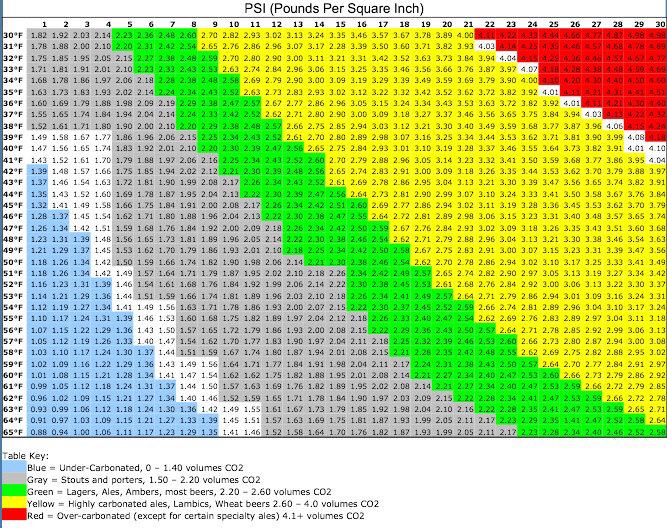natehoekstra
Well-Known Member
Hi everyone,
I started making this cider for a party out friends throw each fall, and started it as soon as they made plans. The party is October 18, and the cider has been in primary fermentation since 9/6. The fermentation is nearly done, (still have to check gravity) but my reading here tells me that 5 more weeks is not enough time to make a good product.
Any tips on how to get the best results possible with the time I have left? I'd like to bottle carbonate with some priming sugar, but will accept still if longer secondary means far superior result. Help!
I started making this cider for a party out friends throw each fall, and started it as soon as they made plans. The party is October 18, and the cider has been in primary fermentation since 9/6. The fermentation is nearly done, (still have to check gravity) but my reading here tells me that 5 more weeks is not enough time to make a good product.
Any tips on how to get the best results possible with the time I have left? I'd like to bottle carbonate with some priming sugar, but will accept still if longer secondary means far superior result. Help!





























![Craft A Brew - Safale S-04 Dry Yeast - Fermentis - English Ale Dry Yeast - For English and American Ales and Hard Apple Ciders - Ingredients for Home Brewing - Beer Making Supplies - [1 Pack]](https://m.media-amazon.com/images/I/41fVGNh6JfL._SL500_.jpg)





























